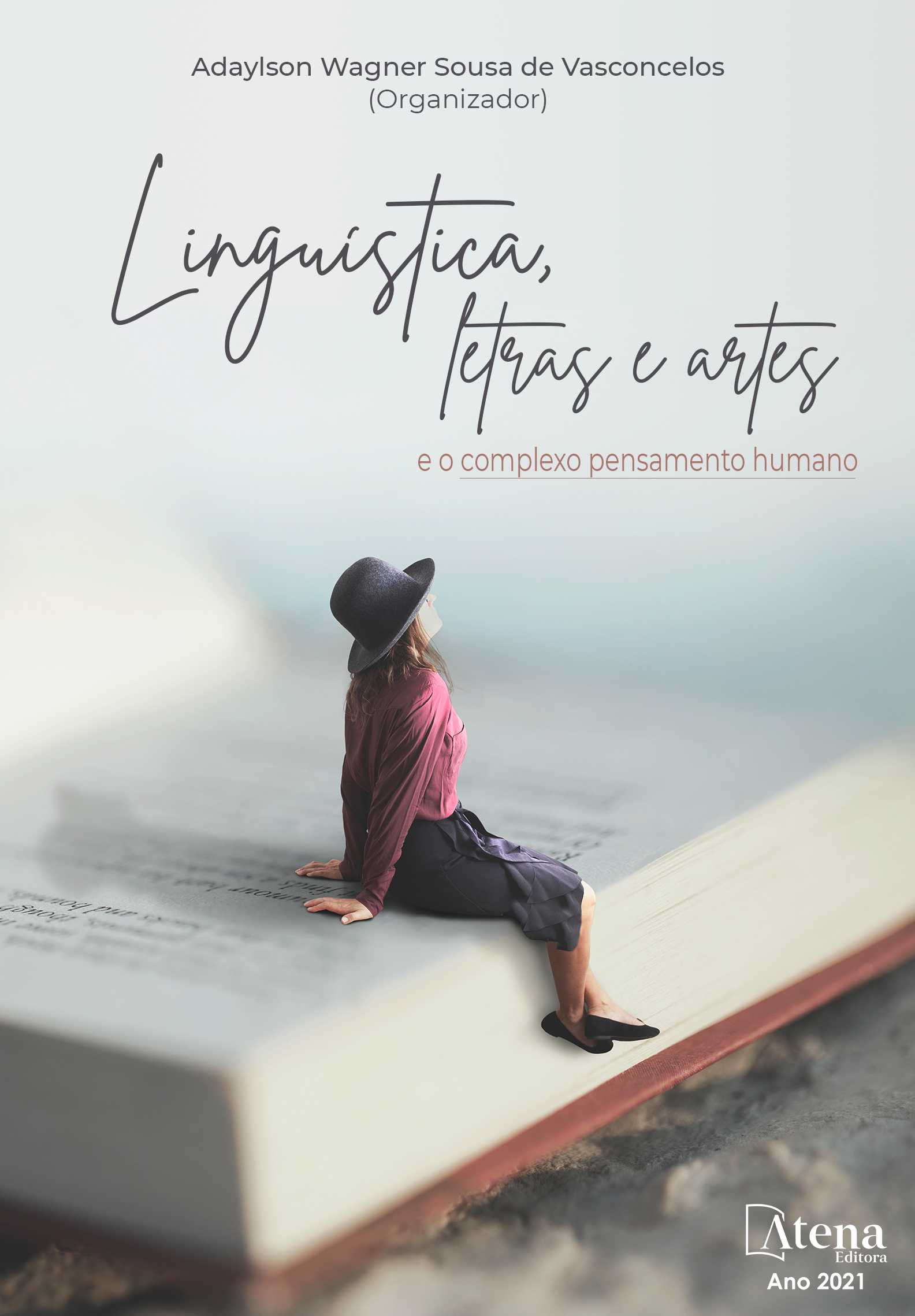
A CARÍCIA ESSENCIAL E O CUIDADO HUMANIZADO EM SAÚDE: UMA LEITURA INTERSEMIÓTICA ENTRE O VERBAL E O ICÔNICO CONCATENADA AS BASES DO PENSAMENTO COMPLEXO
O ato de cuidar em saúde não se esgota no processo técnico, requer sensibilidade, respeito, empatia e compaixão entre o ser que cuida e o que está sendo cuidado. O objetivo deste trabalho foi realizar uma leitura intersemiótica entre o texto verbal de Leonardo Boff intitulado “A carícia essencial” e o texto icônico de André François cujo título é “Cuidar – Um documentário sobre a medicina humanizada no Brasil”, concatenada ao paradigma da complexidade. Os textos foram interpretados utilizando a hermenêutica simbólica proposta por Gilbert Durand, que expressa a interface da filosofia com outras áreas do saber, na busca de compreensão do sentido da realidade. Percebemos nas leituras que a imagem e a palavra se articulam entre o material e o imaterial, articuladas à visão de mundo como um todo indissociável, contrapondo-se à causalidade linear dos fenômenos. O sincretismo entre a fotografia e o texto escrito ocorreu, principalmente, pela carícia essencial revelada no abraço e no afago do médico ao segurar uma criança em seus braços. Para Boff o órgão da carícia é a mão que toca, que estabelece relação, que acalenta e traz quietude. Esta carícia exige altruísmo, respeito pelo outro e renúncia a qualquer intenção que não seja o querer bem, tal como o cuidado humanizado em saúde. Mais do que as palavras, as imagens produzem sentimentos, identificação, favorecem lembranças, disparam a imaginação, a introspecção, anunciam ou denunciam uma realidade, evocam memórias pessoais e visões de mundo. A mão que acaricia simboliza um modo de cuidar e de ser cuidado não só desejável para área da saúde, mas imprescindível para qualquer relação profissional que evoque o ato de sentir o outro. A leitura intersemiótica resultante também está sintonizada às bases do pensamento complexo proposto por Edgar Morin na obra “Os sete saberes necessários à educação do futuro“.
A CARÍCIA ESSENCIAL E O CUIDADO HUMANIZADO EM SAÚDE: UMA LEITURA INTERSEMIÓTICA ENTRE O VERBAL E O ICÔNICO CONCATENADA AS BASES DO PENSAMENTO COMPLEXO
-
DOI: 10.22533/at.ed.88521201220
-
Palavras-chave: Humanização da assistência. Promoção de saúde. Mediação de leitura. Fotografia. Paradigma da complexidade.
-
Keywords: Humanization of assistance. Health promotion. Reading mediation. Photography. Complexity paradigm.
-
Abstract:
The act of caring in health is not limited to the technical process, it requires sensitivity, respect, empathy and compassion between the caregiver and the person being cared. Our goal was to perform an intersemiotic reading between the verbal text by Leonardo Boff entitled “A carícia essential” and the iconic text by André François whose title is “Caring – A documentary on humanized medicine in Brazil”, linked to the paradigm of complexity . The texts were interpreted using the symbolic hermeneutics proposed by Gilbert Durand, which expresses the interface between philosophy and other areas of knowledge, in the search for understanding the meaning of reality. We noticed in the readings that the image and the word are articulated between the material and the immaterial, articulated to the view of the world as an inseparable whole, in opposition to the linear causality of the phenomena. The syncretism between the photograph and the written text was mainly due to the essential caress revealed in the doctor's hug and caress when holding a child in his arms. For Boff, the organ of caress is the hand that touches, that establishes a relationship, that nurtures and brings tranquility. This caress requires altruism, respect for others and renunciation of any intention other than wanting well, such as humanized health care. More than words, images produce feelings, identification, favor memories, trigger imagination, introspection, announce or denounce a reality, evoke personal memories and worldviews. The caressing hand symbolizes a way of caring and being cared for that is not only desirable for the health area, but essential for any professional relationship that evokes the act of feeling the other. The resulting intersemiotic reading is also in tune with the complex thinking proposed by Edgar Morin in the work “The seven knowledge necessary for the education of the future“.
-
Número de páginas: 15
- Maria Lúcia Dal Magro
- Graciela René Ormezzano
- Cristiane Barelli


